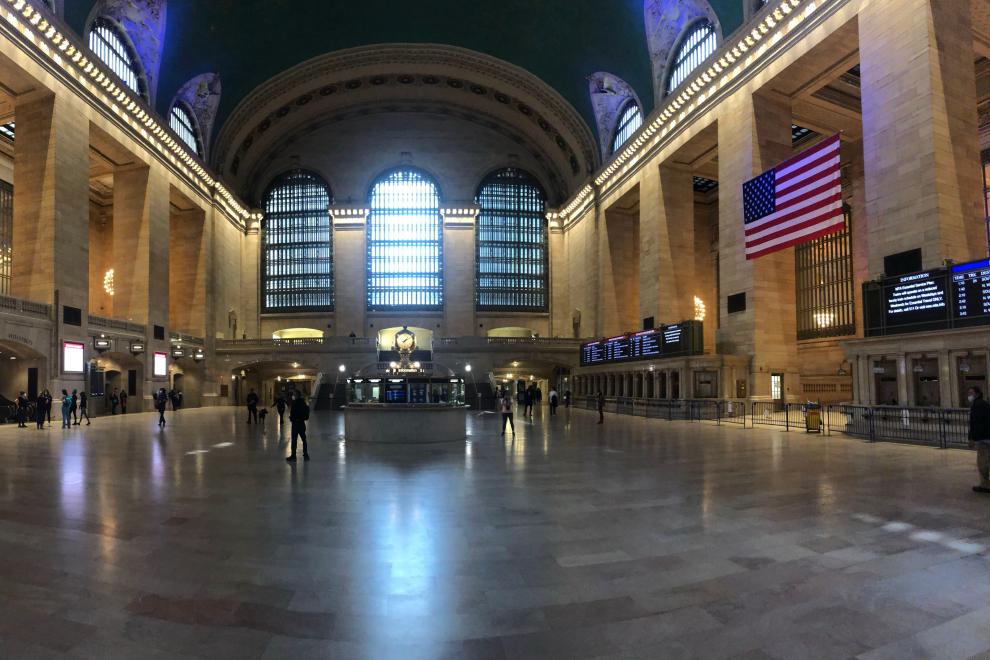“Pandemic Silence Project” collects sound recordings of the pandemic shutdown
For documenting the changed soundscapes during the Covid-19 pandemic Professor Dr Andreas von Bubnoff has been collecting audio recordings from around the world.
Until just a few months ago, many places on earth were characterized by a constant hum of human activity: cars, trains, planes, factories and many other sources of noise created a continuous "anthropophony," as soundscape ecologist Bernie Krause calls it. But more recently, public life has been largely shut down in many countries to prevent the uncontrolled spread of the disease Covid-19.
This has already had surprising consequences: With air pollution largely gone, people in India could see the Himalayas from 200 kilometers away; people in Berlin and other cities reported more common sightings of wild animals; and most of us are now familiar with the pictures of empty cities and public spaces all over the world.
But what about changes in the way the planet sounds? That's what almost nobody seems to discuss, says Andreas von Bubnoff, professor of science communication at Rhine-Waal University of Applied Sciences. For example, many places seem to have become quieter. But what does this sudden silence mean to us? And what can we learn from it about the effect we have on the sound of this planet during normal times? The global shutdown during the pandemic is a unique opportunity to answer such questions, von Bubnoff believes.
That's why he and web designer Verónica Semeco launched the Pandemic Silence Project, a global call to record and describe the sounds of the pandemic. And despite its name, the project isn't just looking to collect examples of greater silences; some sounds may also just be different now or perhaps even more prominent, such as the birds singing in the morning, or the clapping for health care workers in New York City.
The sound submissions will eventually become part of multimedia projects published in the AnthropoScene section of German journalism collective RiffReporter and the South East Asia Globe; a museum exhibition is being discussed as well.
The project has been collecting sounds since the beginning of April. Already, the submissions include fascinating sounds from many different places, von Bubnoff told German public radio broadcaster Deutschlandfunk and the U.S.-based publication The Last Word On Nothing: A woman from India can now hear birds again she thought had become extinct; a recording from a Brooklyn neighborhood at 4 a.m. blends sirens and birdsong; and on a recording from a German student dormitory, a woman can be heard washing dishes alone in the kitchen, afraid of getting infected, while her fellow students are laughing and joking with invited guests in the next room.
"Some people even thanked us for making them listen," von Bubnoff says: One submitter commented to have "never actually taken that silent moment to just listen out there. I am in awe of the number of different birds and sounds of nature I can hear and hope that this now becomes a more frequent practice of just listening."
The project is still collecting sounds, and submitting one is easy: All it takes is at least about half a minute of sound; a photograph of the place of the recording; the exact recording location, date and time; and a brief comment on what we can hear, what’s unusual about the sounds and the lockdown situation, and how people feel about it (detailed instructions and the upload form are on the project's web site). "Don't overthink it though," von Bubnoff says. "As long as the meaning to you and the context are clear, we’re pretty much open to any type of sound."


